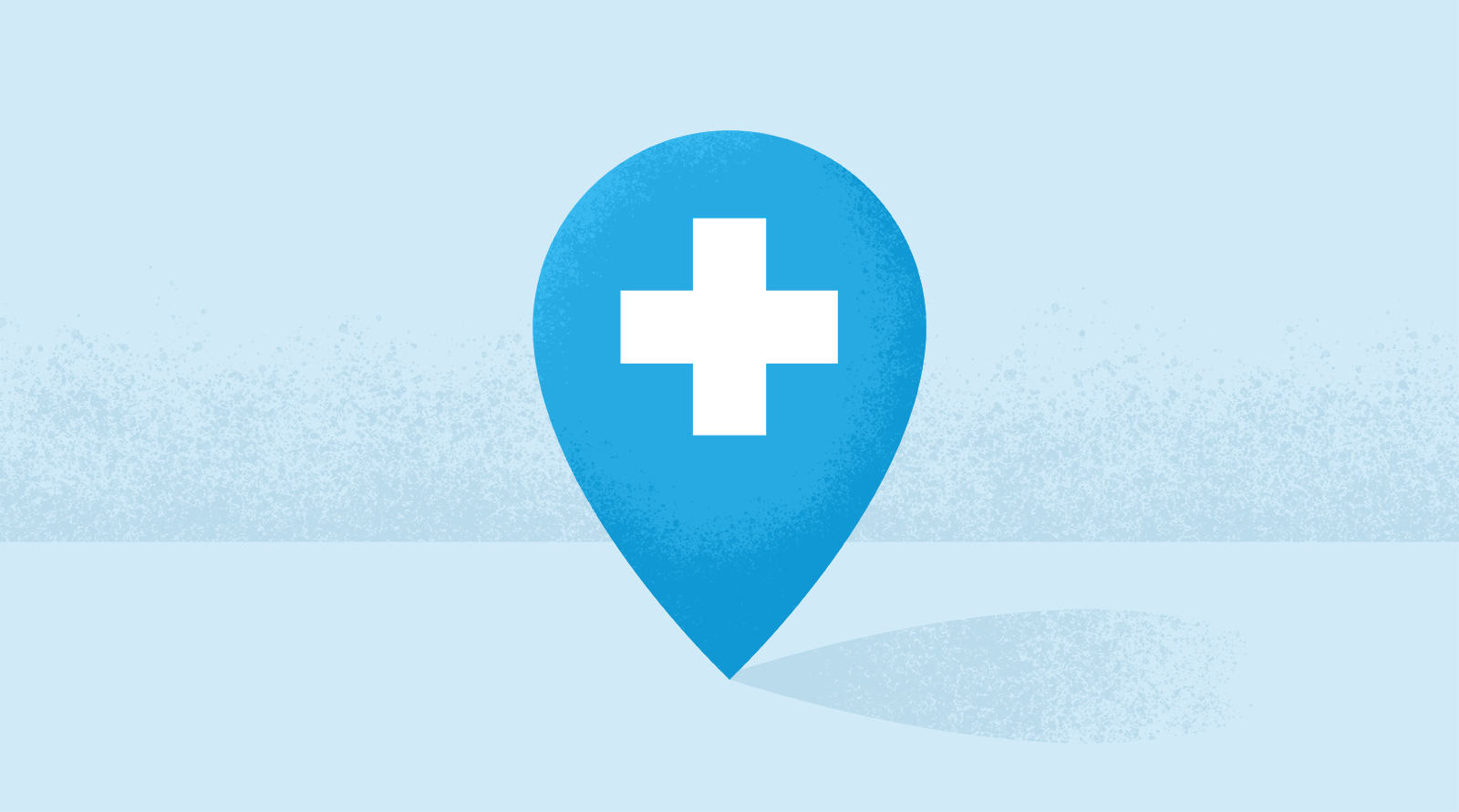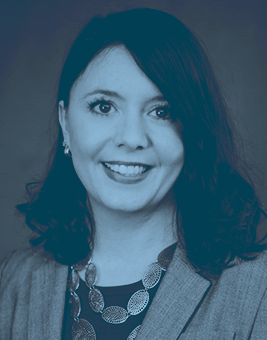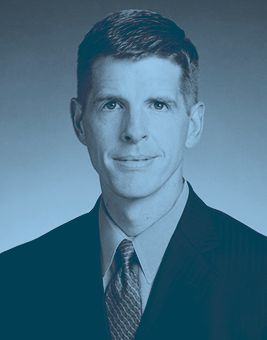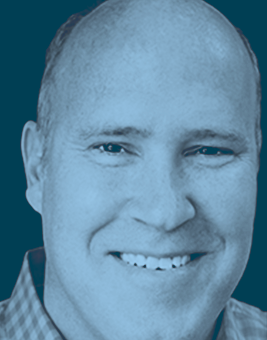
Bodegas, Shelters, Food Lines & Phone Calls: Bringing Healthcare to Patients
When people lined up outside of a major food bank in Chicago, CommunityHealth’s team sprang into action.
Walking down the long, socially-distanced line of people on the sidewalk, they conducted mini health screenings. Then, they instantly referred people to needed healthcare and social services, considering each individual’s insurance status so they’d be directed to the right place.
This community-based healthcare provider pivoted to “street outreach” after the pandemic forced it to cancel events that previously funneled patients to its services, like Zumba exercise programs or educational nutrition classes. That pivot has proven so valuable, it will likely remain in some form in perpetuity.
Meanwhile, almost 500 miles away, Nashville-based Neighborhood Health Is locating its clinics along public transit routes and adjacent to other service providers that serve its patient population, such as homeless shelters and a multicultural community center.
Healthcare leaders talk a lot about “meeting patients where they are” – whether that’s through sophisticated home health technologies or the newest mobile app for sharing patient information. Perhaps CommunityHealth’s street outreach takes that concept to its purest form – proactively going out and connecting patients to the care they need and bridging gaps in access that benefit whole communities and, in the long run, the broader healthcare system.
To understand this approach, we spoke with leaders of three community-based healthcare providers – CommunityHealth, Neighborhood Health and Siloam Health – about what really works.
Founded in 1993, CommunityHealth is the largest volunteer-based health center in the nation. It provides primary and specialty care, medications, lab testing, mental health services and health education at no charge to low-income, uninsured adults in Chicago.
Neighborhood Health provides convenient, affordable, comprehensive primary health care throughout Middle Tennessee – including medical, dental and behavioral health.
Siloam Health’s mission is to share the love of Christ by serving those in need through healthcare in the Nashville community.
Finding Trusted Partners

Willding
Steph Willding, CEO of Chicago’s CommunityHealth, said connecting with people in line at the food bank relies on creating a “pipeline of trust.”
“We build trust and connection in the community by identifying places that the community already trusts and by looking to that organization to transfer some of that trust to us,” Willding said.
Brian Haile, CEO of Nashville-based Neighborhood Health, echoed the value of showing up at places where people are comfortable.
For example, to promote COVID-19 vaccination, Neighborhood Health posted flyers about the vaccines in local bodegas and ethnic grocery stores frequented by their patients.

Haile
“Putting them up in those spaces helps to create conversation,” Haile said. “Kids point to the flyer and ask, ‘Mama, what’s that?’ We have to leverage these trusted organizations and their currency with the populations we serve.”
The pipeline of trust doesn’t stop with community health organizations, though. Willding said that larger providers like academic medical centers can benefit from building relationships with trusted safety net providers.
“We provide care at no cost to uninsured adults in a language they’re best served in,” she said. Doing just that gives CommunityHealth and organizations like it an entry point that can move people to more intensive medical care if needed while helping limit unnecessary utilization that can be so expensive for patients. That’s where they work in partnership with hospitals.
Willding is constantly looking for solutions to this question: “How can we collaborate where we can both achieve the highest quality outcomes while serving the target population our business model has been built for?”
Community Advocates
Partnerships with trusted people and organizations can take different forms. Morgan Wills, MD, CEO of Siloam Health in Nashville, said Siloam identifies partners who are embedded in immigrant communities to serve as “community health workers.” They find people to serve through churches, partner agencies, volunteers and even consumer retailers.

Wills
“The program takes trusted members of communities we serve here in Nashville and gives them enough training to understand how to interface with the healthcare system, becoming an extension of Siloam in communities they will serve,” Wills said.
The community health workers speak immigrants’ languages, and they don’t just point patients to Siloam Health services. These workers can help people book an appointment with a subspecialist at, say, Vanderbilt University Medical Center. Or accompany them to a grocery store to help them pick out healthy foods to meet nutritional goals for a chronic disease.
“They’re all motivated, because they know and have lived the experience of these patients and have practical ways to help them that may not be specifically focused on a medical condition but have downstream ripple effects on people’s health,” Wills said.
To meet the pressures of the pandemic, Siloam Health adapted its community health worker program, partnering with the city’s public health department to train and deploy these individuals to help with follow-up care and contact tracing. The community health workers were critical to bridging the city’s public health efforts through practical tools that met people where they were, like Facebook Live educational sessions and WhatsApp groups available in multiple languages.
Bridging the Gap with Telemedicine Tech
The expansion of telemedicine during the pandemic has allowed providers to effectively connect in new ways – anything from a pediatric consult on a child’s rash to a behavioral health visit can happen in the living room via video chat. But for many people, access to support telemedicine is a barrier.
Through an exciting new initiative, CommunityHealth is establishing a new “telehealth microsite” co-located at a facility that already provides important services like ESL classes and childcare. The new microsite will allow patients to stop in and receive an assisted virtual visit, connecting to a provider anywhere in the city via video.
“We’re taking the concept of telemedicine – putting providers on patients’ phones – and instead putting that technology in the neighborhoods where people live, to address barriers to IT,” Willding said. She sees the program as a way rethink healthcare spaces and going to patients rather than relying on them coming in.
Listening and Normalizing
Beyond a physical presence, meeting patients where they are is also about ensuring they are comfortable, connecting with them on their level, in their language and understanding what’s important to them.
For example, during its COVID-19 vaccination campaign Neighborhood Health ensured it was responsive to community concerns about the vaccines by thorough listening. Its team mined questions that were being asked through social media, checked in with community-based partners on concerns they were fielding and huddled daily with frontline providers to ask what they were hearing from patients.
This timely, actionable feedback allowed Neighborhood Health to compile a list of the most frequently asked questions and respond nimbly. In these conversations, Neighborhood Health learned that many patients with chronic diseases were worried about whether the vaccine was safe and effective with certain co-morbidities or medications. Then, rather than scheduling individual appointments with busy providers to hold discussions, Neighborhood Health filmed and shared 90-second videos – in English and Spanish – featuring providers addressing common concerns about why the vaccine is safe for people with different health conditions or taking certain medications.
Being closely connected to its community allowed Neighborhood Health to tie vaccination to what matters most to the people it serves: peace of mind, family connections and emotional well-being. Haile said he’ll carry forward this lesson into other healthcare contexts.
“We learned the importance of connecting vaccination not to clinical terms, but to emotional well-being and aspirations,” Haile said. “It’s not so much about framing vaccination as a choice between getting vaccinated or not. It’s that what you want most is to hug your grandchild and feel safe about that, or to be around your adult daughter with Down syndrome and not worry that she’s at high risk.”
Haile added that “normalizing” the vaccine in target populations has been a critical lesson learned for Neighborhood Health.
“Simple things, like having patients take selfies with a celebratory backdrop and post it to Facebook, are the cheapest and probably most effective advertisement for the vaccine we could do,” he said.
The next step, Haile said, is to create a collective sense of a group around other important healthcare services, like regular mammograms and colorectal screenings. For example, he suggested mailing postcards to target populations with photos of people who look like them stating that they took a specific action, such as: “I have diabetes, and I got my COVID-19 vaccine.” The same approach could be applied to any number of other situations.
A Diverse, and Representative, Team
At Siloam Health, most of the current staff understand exactly what the organization is working towards because at one time or another they themselves met the criteria to be a patient there. Similarly, at Neighborhood Health, leaders said many of the employees are current or former patients.
“They come to work here because they believe in the mission or because they, at different points in their lives, found themselves in poverty or connected to Neighborhood Health,” Haile said. “They live in the communities they serve, and when we ask them, ‘What are you hearing?’, that feedback is gold.”
About a third of Siloam Health’s staff are from another country and speak multiple languages. In addition to relating to the community served and the mission, Wills said the diverse backgrounds of the team also offer a “seedbed of creativity.”
For example, a medical leader at Siloam Health brought the idea for the community health worker program from his experiences working with a campaign to prevent tetanus in India. Case in point of how diversity, at its best, includes diversity of thought borne out of diversity of experience and background – a well-known benefit to organizations.
Establishing Your Street Cred
It’s a refrain we heard from each of the three community health leaders: When a global pandemic hits, it’s too late to start building trust with your communities.
“You can’t create trust in a crisis,” Wills said. “You reap what you sow. We have sown relationships with our communities in Nashville for 30 years.”
Being out, visible and engaged where people are builds valuable trust and credibility for when a crisis does hit. An organization already has the street cred and the reputation for people to turn to you. That trust is built every day through patients’ and communities’ experience of providers.
Wills said that, at Siloam Health, it starts with addressing people in a loving, personal way in line with the organization’s mission. “It starts in the exam room in the way we interact with people – really asking about parts of the patient’s story that are not being addressed, often, by the larger health system, spending time with them, using an interpreter, getting to know patients in a relational way,” Wills said.
It’s also about living up to the promises made to the community. Many patients have been burned before by unexpected healthcare costs, which drives a reluctance to trust and seek care. Frankly, they fear “the asterisk,” Haile said, such as on advertisements for “Free* flu shots.”
As was the case for so many things, the difference between “Free” and “Free*” became unavoidably obvious in recent months.
“The reason people came to us for COVID-19 vaccines is because they trusted us that when we said it was at no cost, they believed it was true,” Haile said. “There was no fine print. There were no hidden fees. Having that street cred around, when we say it’s free it’s really free, makes a difference.”
Proactively meeting patients where they are may be one of the most effective ways to keep people and, by extension, communities healthy. After all, the “mini screening” on a patient with hypertension while they are in line for a food bank (or barbershop) is always better than seeing that patient for the first time when they present to the emergency room after a heart attack.
“Communities spreading the word about care that is affordable, that’s compassionate, that respects them and meets them where they are through the use of interpreters if necessary,” Wills said. “All together, those things build a lot of trust, and good gossip spreads.”
